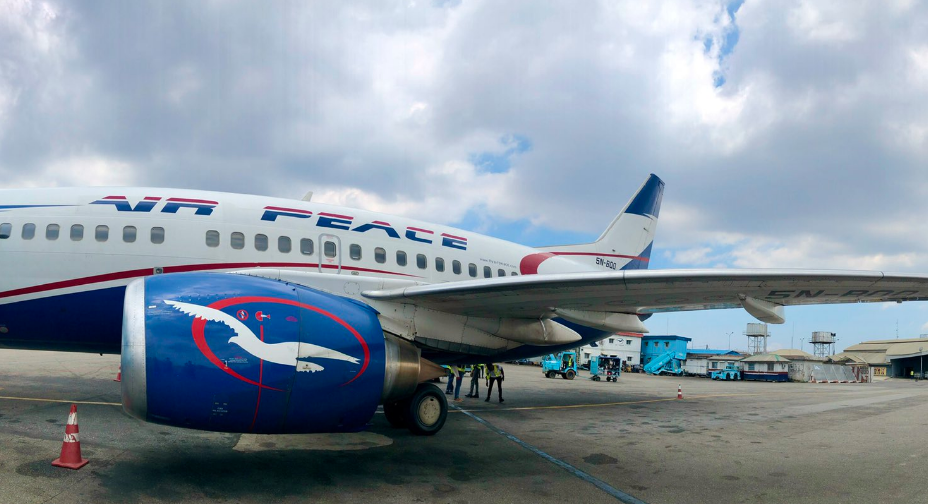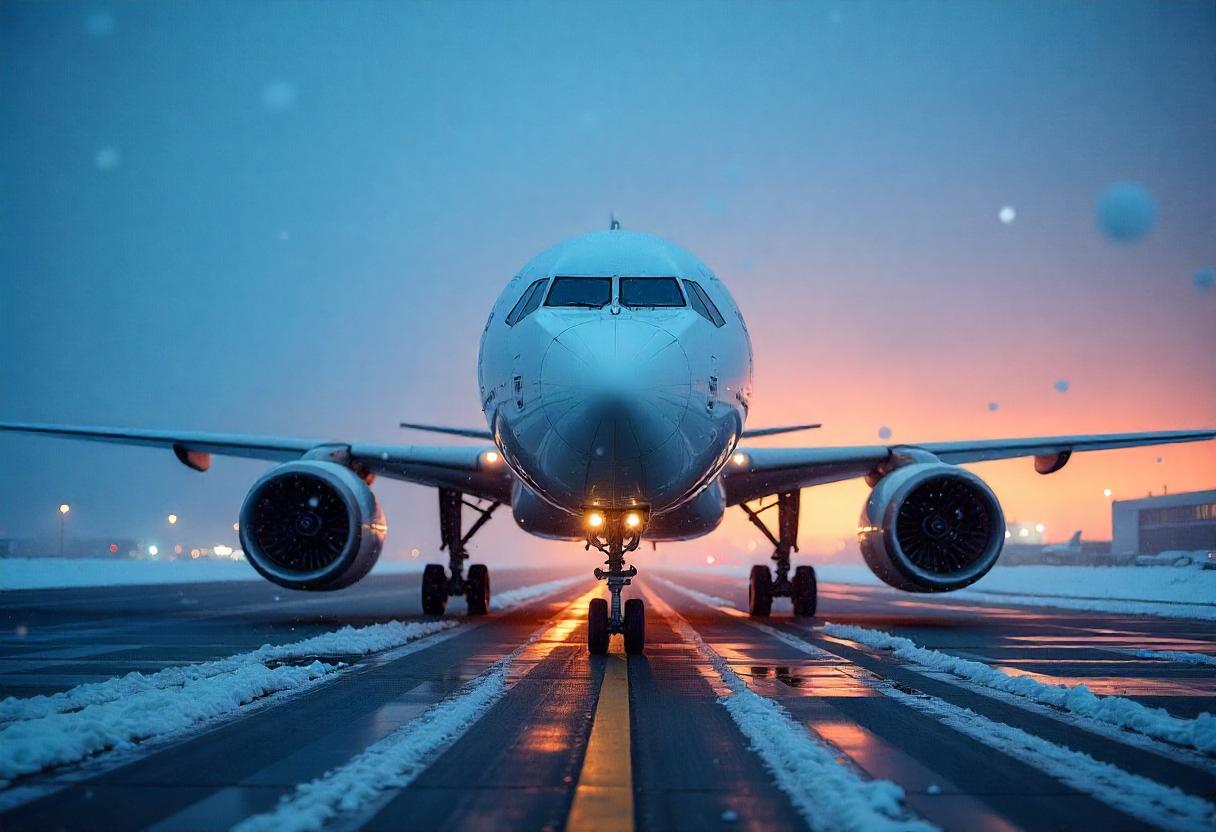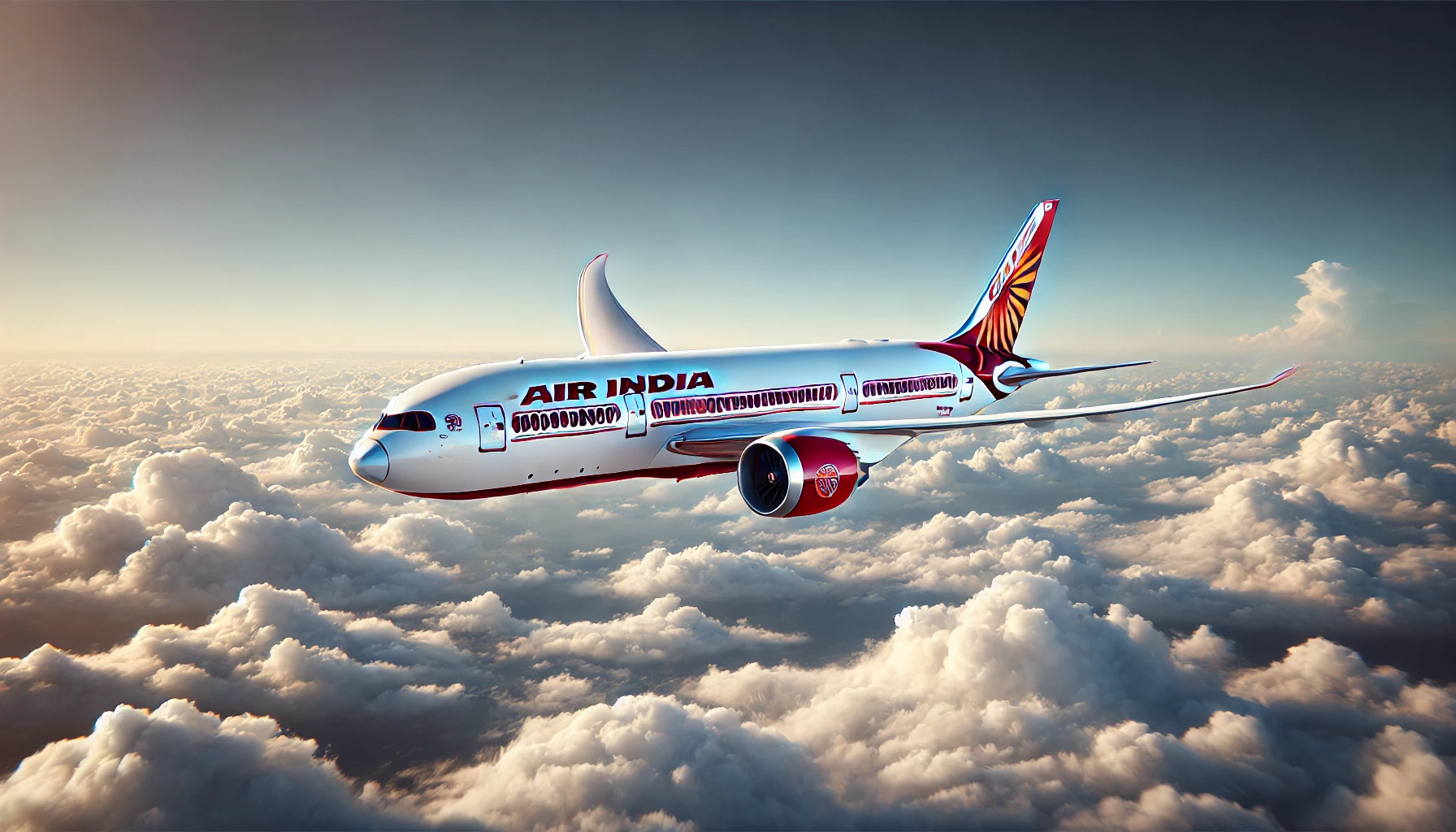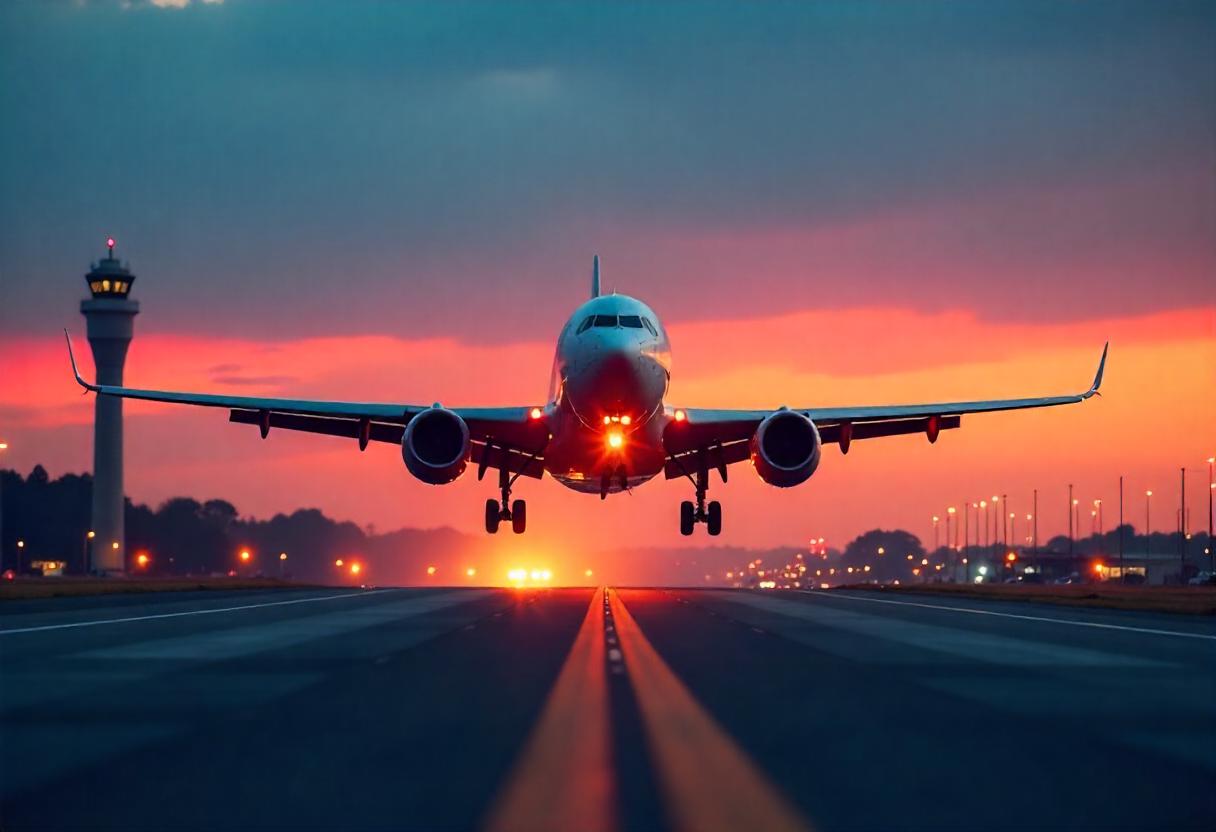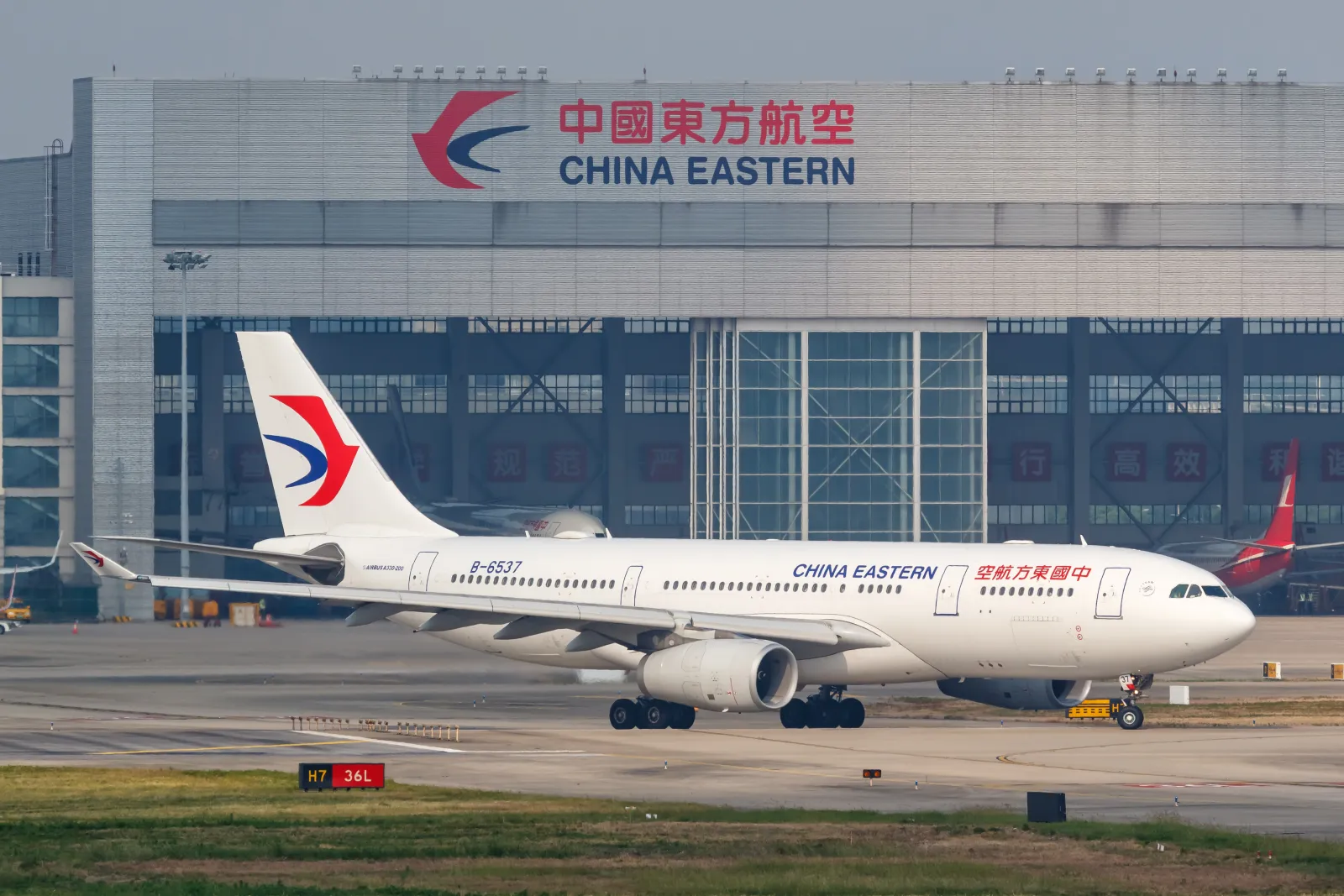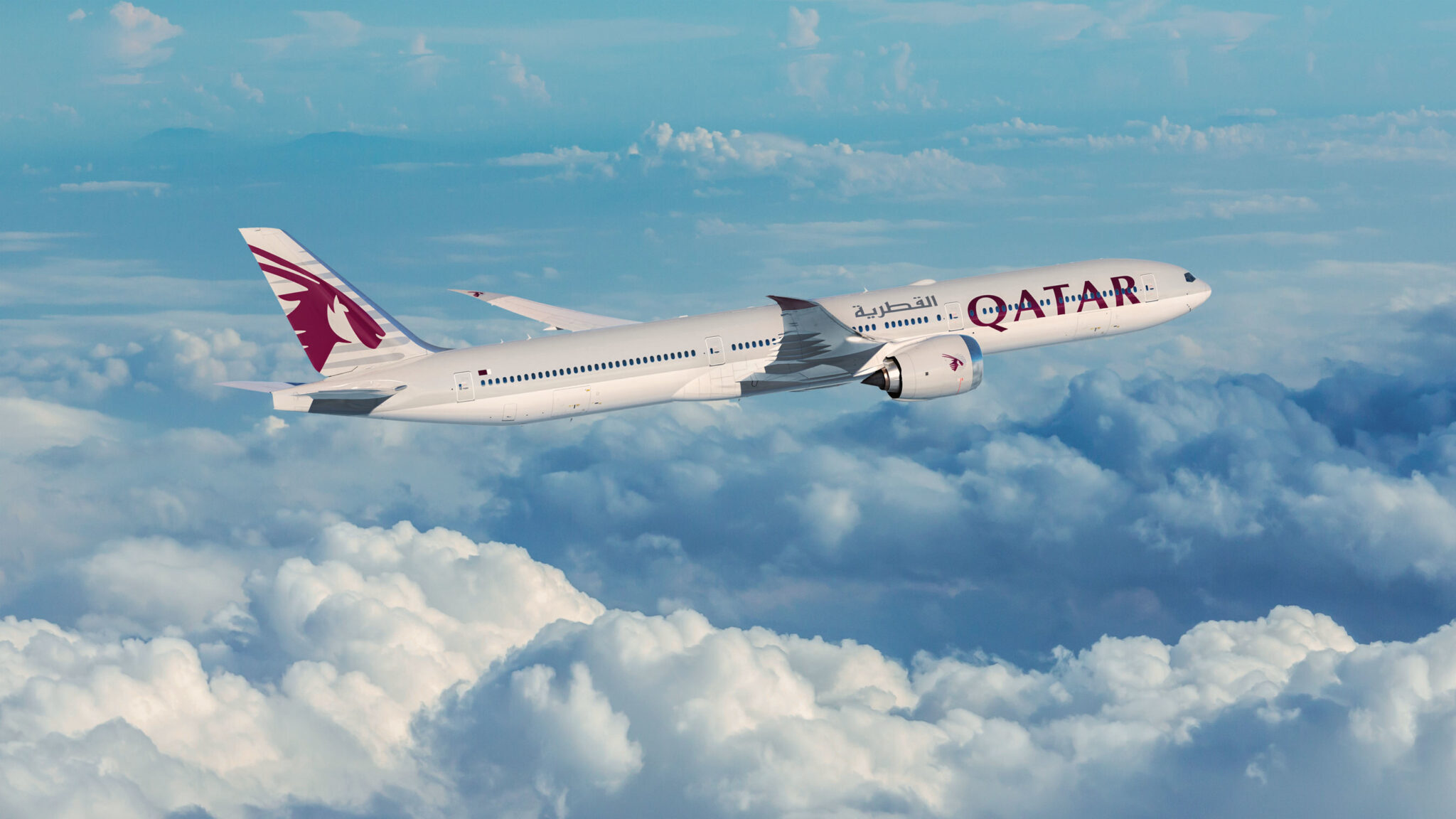You'd think that Air Force Oneis the biggest USAF aircraft. The two Boeing VC-25As (based on the 747-200B) are the pride of the Air Force fleet, and as the primary mode of transportation for the US President, they represent the country of the United States. However, there is one aircraft that is even bigger than the VC-25As. Rather than carrying the president, it carries the president's cars, helicopters, as well as large cargo for other Air Force missions.
The LockheedC-5 Galaxy is the largest plane in the US Air Force arsenal. This behemoth has a high wing design with four engines, has 28 wheels, can lift practically anything from helicopters to tanks, and can even carry around 80 rear-facing passengers on the upper deck. Only were ever produced from its initial flight in 1968, and, even today, this plane looks huge, so imagine the reactions from the crowds of the 1960s. Let's explore more of the enormous Lockheed C-5 Galaxy!

Although both aircraft serve very different roles today, the Boeing 747 uses design elements from the competition that formed the C-5. Under the CX-HLS (Heavy Logistics System) program, the United States Air Force published a request for a heavy lifter that could carry outsized military equipment. The competition field was whittled down to proposals from Boeing, Douglas, and Lockheed. Although the USAF favored Boeing's design, Lockheed promised a lower price and was awarded the contract.
The Boeing 747 is not a passenger variant of the company's CX-HLS proposal, but it integrated several design characteristics from the concept. In particular, the partial upper deck housing the cockpit, along with the nose door, was derived straight from the Boeing CX-HLS. The major reason behind these design choices was to ensure that the 747 would find success in the freighter market, once supersonic transports took over passenger travel. Of course, this switch never happened.
Sizewise, the C-5 Galaxy is long, and has a wingspan of . This means that it is far closer in size to the Boeing 747-8 rather than older variants, as it's less than three feet (0.9 meters) shorter, while its wingspan is less than three feet narrower. Its Maximum Takeoff Weight (MTOW), however, is lower than either the 747-8 or the 747-400. The Boeings are rated for 447T and 396T, respectively, while the C-5 is rated for 381T.
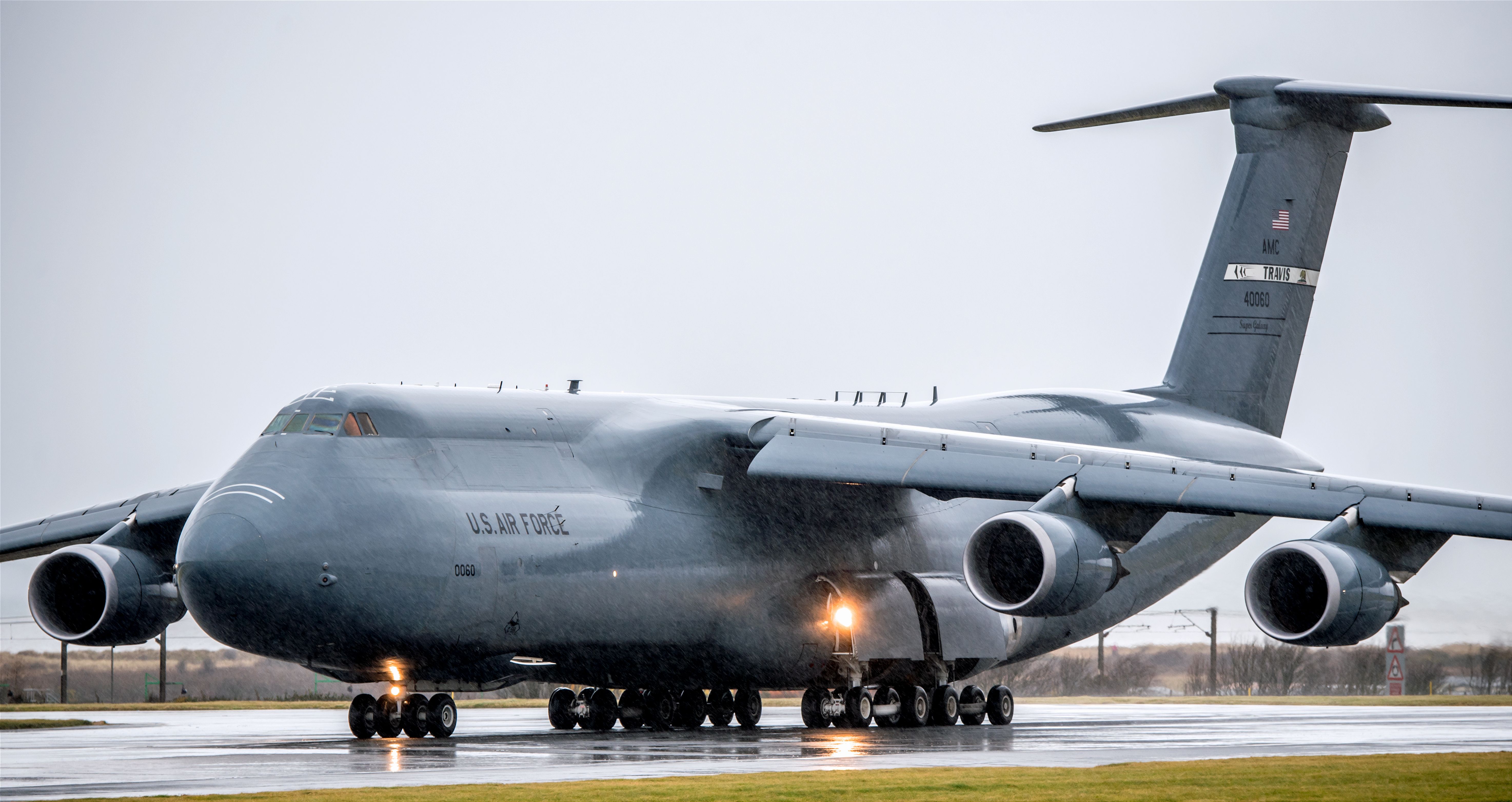
The Lockheed C-5 Galaxy is one of the largest aircraft ever made. Even today, this plane dwarfs nearly all other commercial planes in the skies. In the 1960s, this was by far the largest jet-powered plane to ever take to the skies. 81 examples were delivered from 1969 to 1973, and the C-5A valiantly served the USAF for nearly half a century until the final unit was withdrawn in 2017. However, designing such a huge and technologically advanced aircraft was never going to be an easy task.
Lockheed ran into numerous engineering challenges and cost overruns, resulting in hundreds of millions in cost overruns. Faced with these issues, Lockheed was also struggling to get its commercial L1011 Tristar out of the door. Congress approved loans to ensure Lockheed's continued operations, which helped guarantee that the USAF would receive all of its C-5s. The second batch of C-5s was known as the C-5B. These were developed in the 1980s, as the US looked to increase heavy lifting capacity.
At the time, the only other suitable plane was the McDonnell Douglas C-17, which wouldn't enter service until the 1990s. Therefore, the C-5 was back in the factories as the C-5B, a variant that incorporated all previous redesigns from the C-5A along with brand new improvements. 50 of these were built, as well as two C-5Cs. The C-5Cs featured extensive modifications that largely allowed for more interior room.
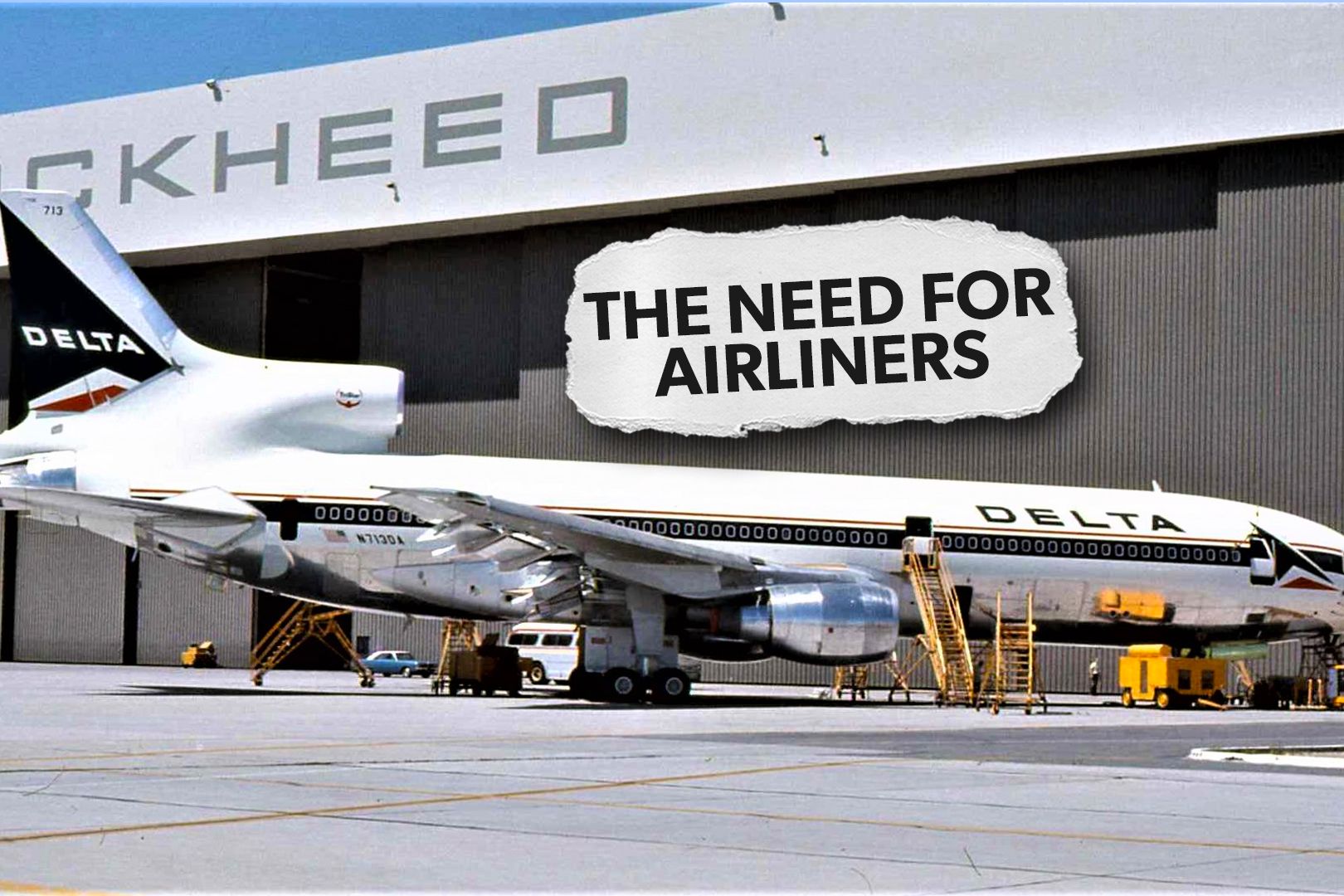
Related
Why Lockheed Stopped Making Commercial Aircraft
The manufacturer used to be a leader in commercial aircraft design.
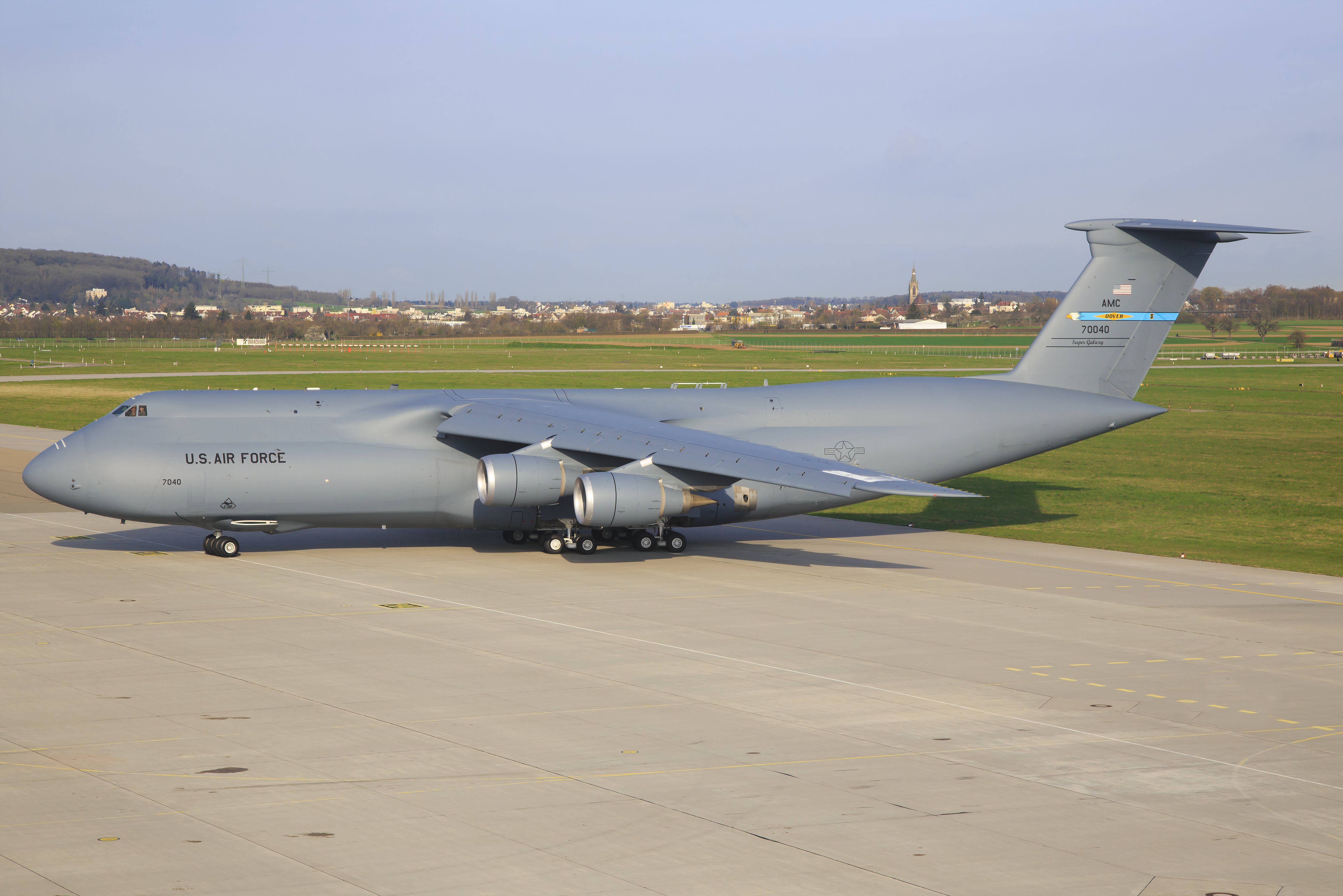
One of the most revolutionary aspects of the C-5 Galaxy was the engines. Four General Electric TF39s were slung underneath the high wings, the first widespread high-bypass turbofan engine. This is the standard design for large swept-wing aircraft today, and the TF39 specifically was later developed into the highly successful CF6 family.
But while the TF39 was revolutionary, that's no longer the case. The TF39s, though beloved by enthusiasts for their distinctive noise and provenance, were not only loud but also incredibly inefficient. Therefore, as part of a larger modernization program for the C-5Bs, the TF39s were replaced with more modern, more efficient General Electric CF6-80, commonly seen on widebody airliners.
| General Electric CF6 variants | Applications |
|---|---|
| CF6-6 | McDonnell Douglas DC-10 |
| CF6-50 | Airbus A300, Airbus A310, Boeing 747, Boeing 767, McDonnell Douglas DC-10 |
| CF6-80 | Airbus A300, Airbus A310, Airbus A330, Boeing 747, Boeing 767, McDonnell Dougas MD-11 |
In addition to engines, the C-5M also comes with upgraded avionics and flight deck displays. With these changes, the C-5M largely resembles a modern aircraft on the inside despite its age. The C-5M program has allowed the USAF to continue using these planes for the next few decades. This is also made possible because the planes aren't utilized as much as smaller, cheaper types. All C-5Bs in service and both C-5Cs were converted to C-5M Super Galaxy specifications.
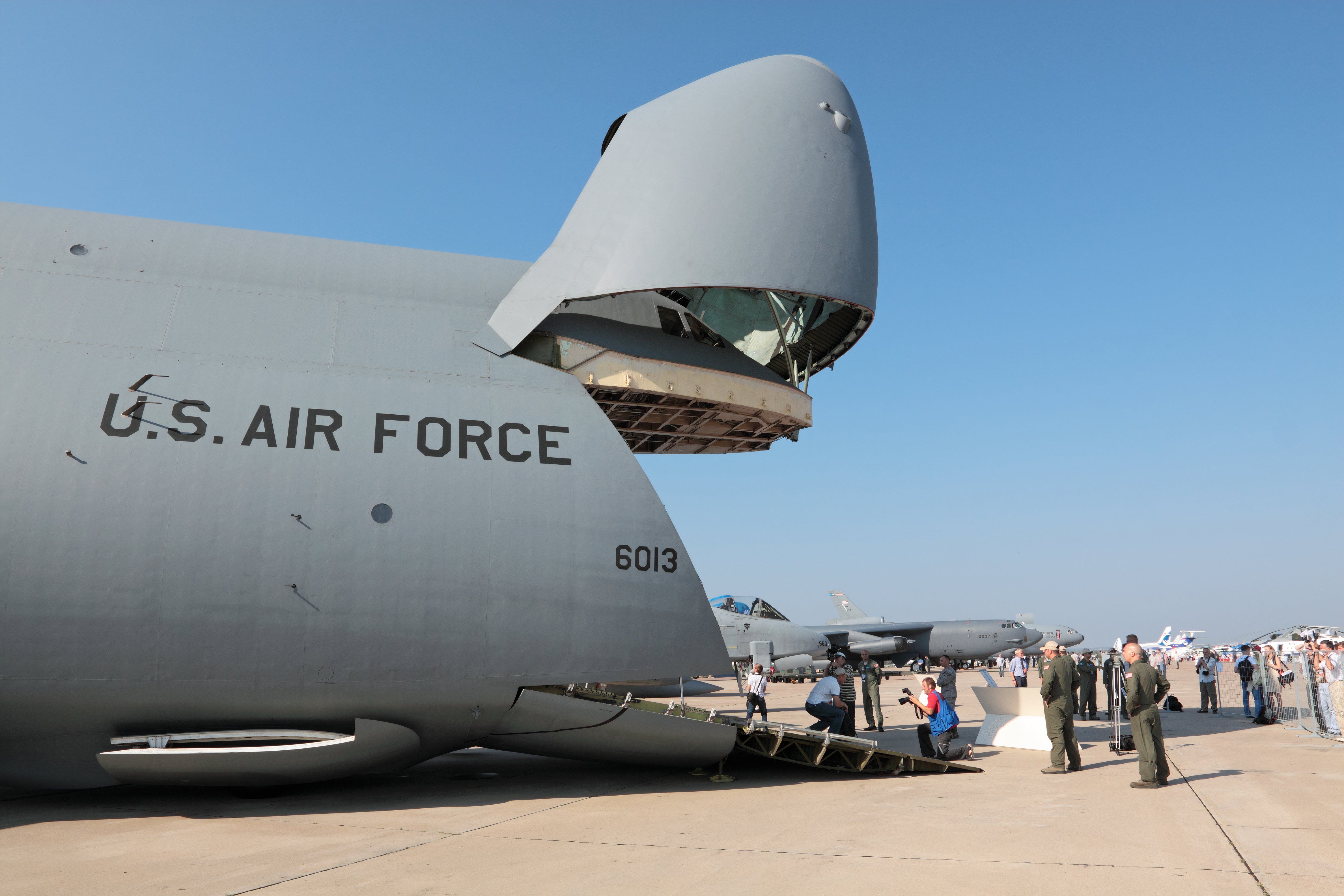
The Lockheed C-5 Galaxy is the largest, most capable, and most costly aircraft in the USAF's arsenal. As such, it's used only when its capabilities are fully needed. You'll never see this plane performing supply drops over war zones, and it's not very flexible either. It has a range of 4,800 NM (8,890 KM) when loaded with a typical payload, while its operating costs are eye-watering.
However, when you need to transport two battle tanks via air, or when a helicopter needs to be moved from one continent to another urgently, or when a natural disaster requires as many supplies to be moved as fast as possible, the C-5 is the answer. With more interior space than most medium-sized houses and enough lifting capacity to transport a locomotive, the C-5 is the aircraft to take on the missions that no other Air Force plane can.
Notably, the C-5s are often used to accompany the United States President. Once POTUS disembarks from Air Force One, they then typically travel by motorcade to their final destination, a process that involves upwards of 25 cars or even more. These planes can also be used to transport Marine One, the helicopter that the President uses.
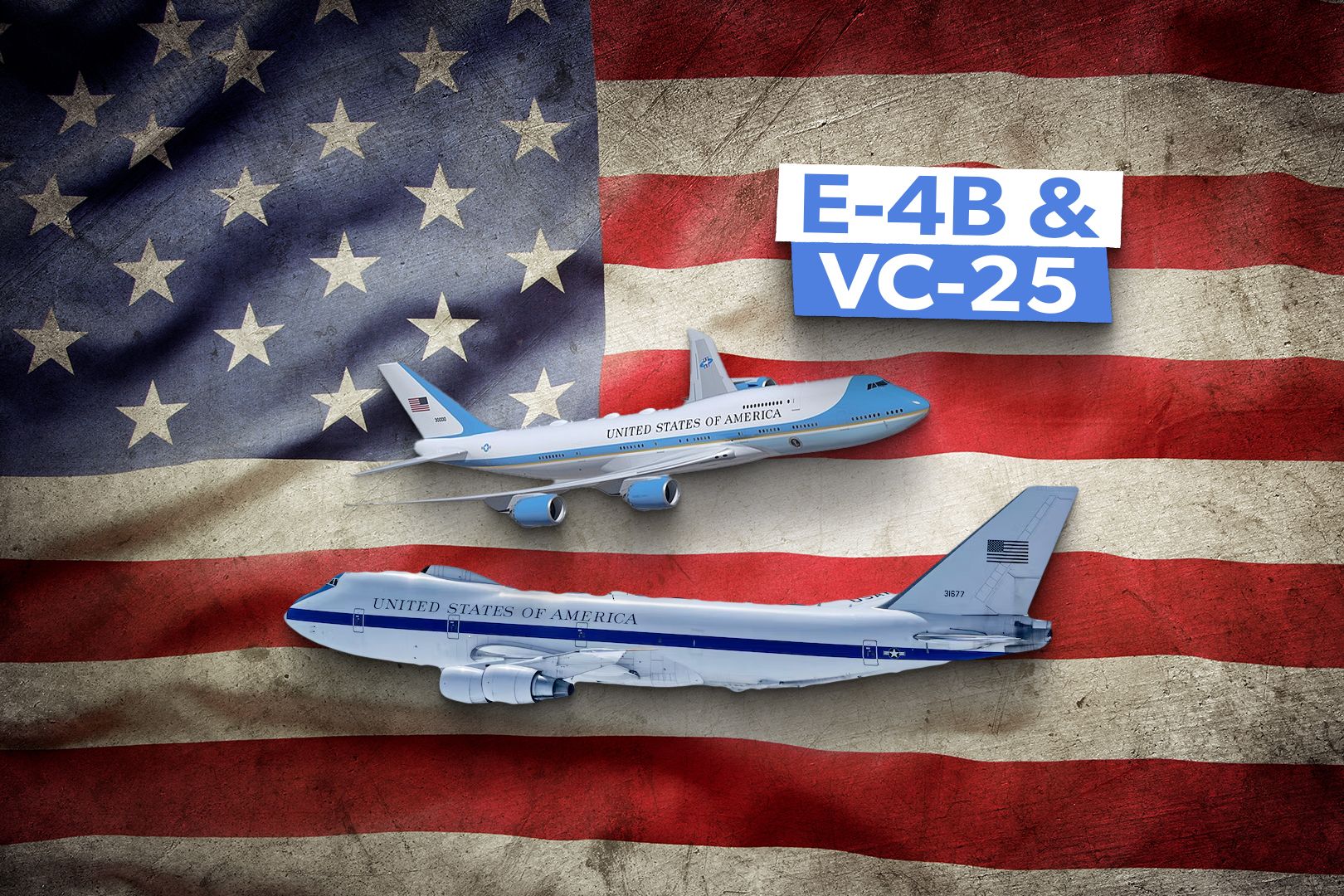
Related
Why The E-4B Nightwatch & VC-25B Air Force One Are Critical To US National Security
Air Force One and the Doomsday aircraft are both designed as Presidential transports and command centers (for times of peace and emergencies).
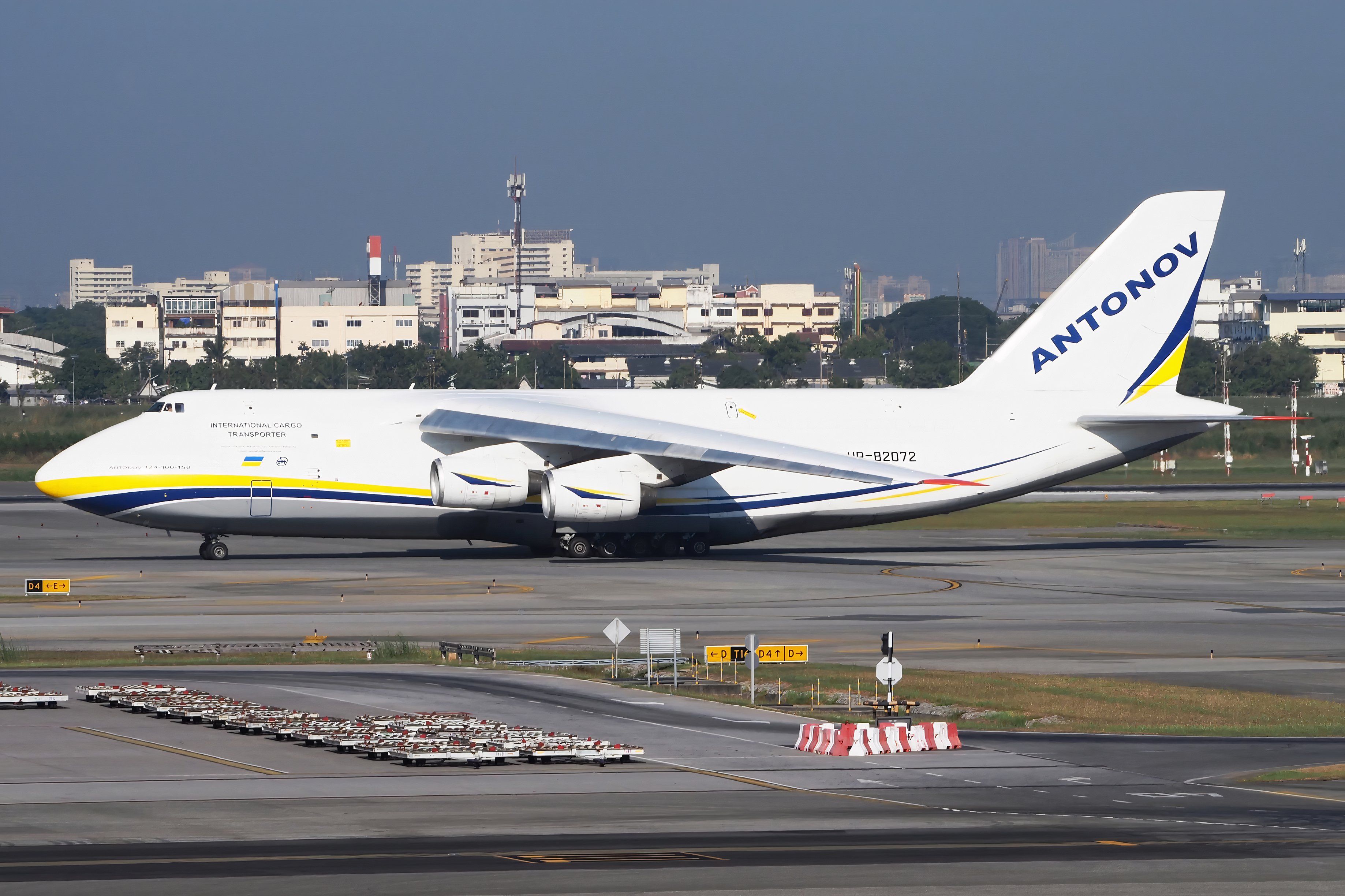
At first glance, these two heavy lifters appear to be the same plane, except the Antonov has a conventional tailplane while the C-5 features a T-tail design. However, the Antonov AN-124first flew 14 years after the Lockheed C-5, and the two aircraft have significant differences under the skin. This is despite them serving largely the same role when initially designed.
The Antonov is slightly shorter, while having a greater wingspan. It also has a higher MTOW, while being notable as one of the first aircraft to incorporate a Fly-By-Wire system. Unlike the C-5 Galaxy, the AN-124's lower deck is only partially pressurized, requiring any lower deck passengers to utilize supplemental oxygen.
Whereas the C-5 Galaxy has always been a military aircraft first and foremost, the Antonov has become commercialized since the fall of the Soviet Union. Volga Dnepr and Antonov Airlines use these colossal machines to tackle the most demanding airlifting projects in the world, jobs that even the famed Boeing 747 cannot handle. Only 57 were ever made, and they're hardly economical to operate, but these just may be the most capable freighters in commercial service today.
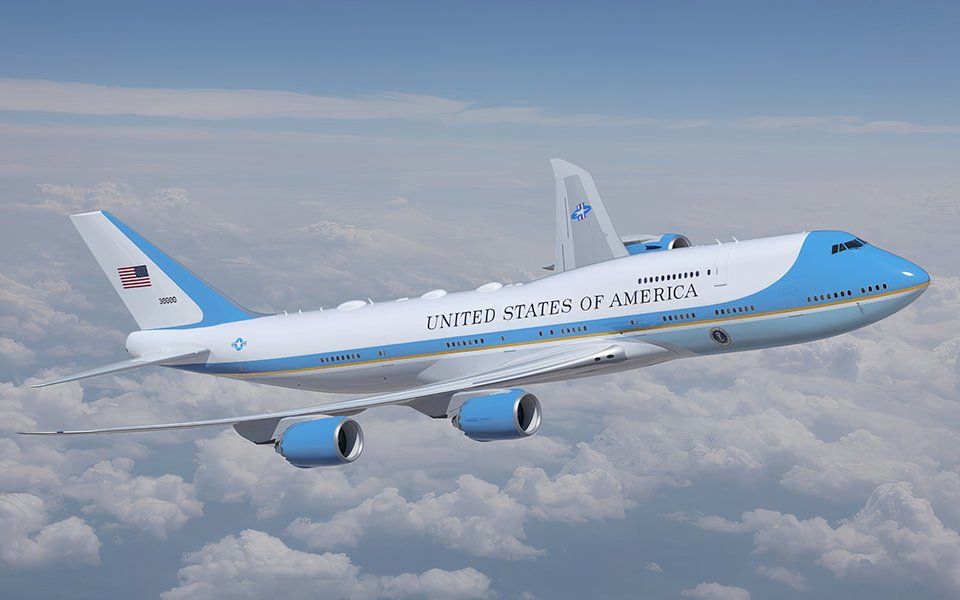
As previously mentioned, the Lockheed C-5 Galaxy is larger than the Boeing 747 in most dimensions, but is slightly smaller than the 747-8. Currently, two Boeing 747-8s are undergoing modifications to become VC-25Bs and will serve as the future Air Force One. While these planes have been delayed by years, the Trump administration has acquired a Qatari 747-8 to serve as an interim supplement to the aging VC-25A fleet.
In addition to the VC-25Bs, the United States Air Force has also acquired five Boeing 747-8s from Korean Air. These planes will undergo a multi-billion-dollar conversion process to become the E-4C. These will replace the Boeing E-4B aircraft, which are Boeing 747-200B-based planes that some call 'The Doomsday Plane.'
These are essentially a less flashy version of Air Force One, and they serve as an airborne command center for the US President. The E-4Bs travel with the President during travel, and with the 747-8 also serving as Air Force One, the Queen Of The Skies will continue to serve as the backbone of the Presidential air fleet. Once these planes are finally ready, they will also become the largest aircraft in the Air Force fleet.





